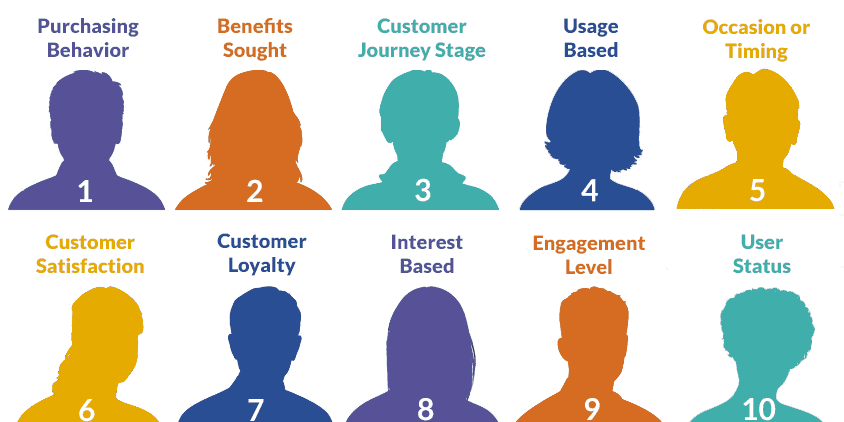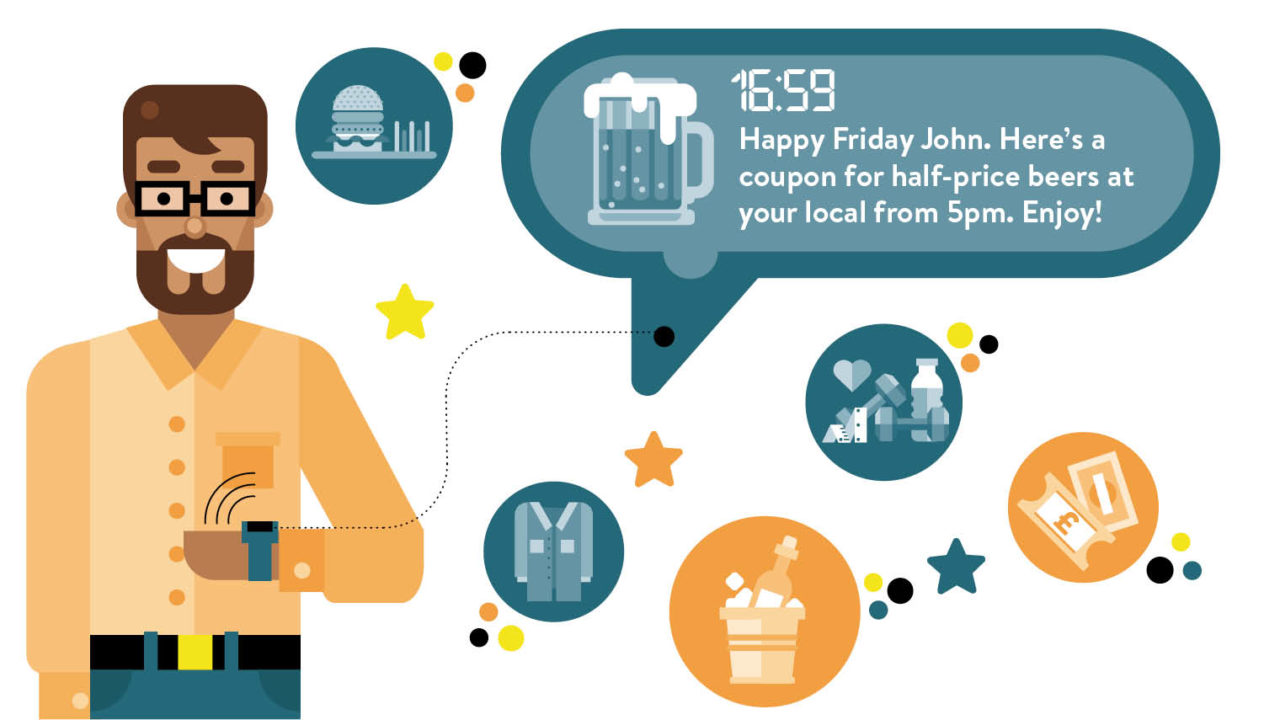
Dialer, Contact Center, Customer Experience, Call Center, CZ Helpdesk, Customer Support
Best Dialer and CRM Integration for Call Center Success

Customer clustering or segmentation is the process of dividing an organisation's customers into groups or 'clusters' that reflect similarity amongst customers in that particular group. The goal of such a process of clustering is to decide how to relate to customers in each of these customer cluster to maximise the benefits those customers bring to the business and make for a more engaging transactions with them. Compared to rule based segmentation, AI powered customer clustering finds closer affinity among customers within a cluster. In the context of customer clustering, cluster analysis is the use of mathematical modelling to achieve such goals. These homogenous groups of customers are known as 'customer archetypes' or 'personas'.

Source: Pointillist
A common cluster analysis process is an algorithm known as 'k-means cluster analysis'. Since the process is not based on predetermined rules, the data reveals customer archetypes and trends that exist inherently within customer populations. Customer clustering and analysis can thus be used to effectively target customers with offers and incentives personalised to their needs and wants. It is an important tool for any business to operate in the modern day.
A few reasons on why customer clustering is so important for better customer experience is discussed below:
Customer retention is one of the most crucial aspects of any business' marketing strategy and failing to make sure repeat customers are also served well and retained for future transactions can deal huge blows to a company's revenues. F. By customer clustering, however, it is less tedious to keep them satisfied. Analysis of data will tell the company precisely what kind of marketing moves would be the most impactful for each cluster of customers. Another highlighted benefit is that with an appropriately managed and grouped dataset, the company can perform analysis on these clusters to develop actionable goals to modify and better their own relative performance across time.
Customers have various inclinations, be it in purchasing habits, celebrating religious occasions, holidays or their behaviour during their leisure time. Grouping such customers with similar habits together can help the company decide an appropriate amount of modification to their strategies to reach out to these customers during such times. Remembering what is important to the customer and acting accordingly helps them feel appreciated and influences them to conduct business with the company again. Customers can have birthdays or a wedding day coming up - which has become relatively easier to access and keep track of, owing to CRM applications and the outreach team can tailor their moves to suggest purchases that would benefit them.
Analysis of data on customers that the company gains access to can be performed to identify a cluster of customers who might have recently quit the session while browsing through a certain range of products or customers who might have recently deleted all items from the cart and abandoned their online shopping cart which is a common happening for a host of reasons. Timely detection of such actions and patterns and a marketing strategy that, amongst other things, could offer discounts on the products deleted from the cart could help the business by making customers rethink their decision on becoming aware of the discount and eventually help conclude a sale. Interestingly, analysis of such data has revealed that female populations are slightly more aware than men to the discounts and promotions being offered; thus, the business may want to offer more aggressive discounts to its female customers.

Source: Raconteur
A recent report suggests that 30% of small to medium business owners estimate that 15-20% of all their first time customers never return for a second purchase. It is extremely likely that the customer might have just dropped the idea of the business in question from their head and forgotten about it, which means that the responsibility to attract them back and conclude a sale rests with the business. Through customer clustering, the business can easily identify one-time clients and strategise methods to get them back. The business could potentially use a range of tactics to advance their interest in this sector. It could range from offering a large discount on the first and second purchases or even deliver a free item.
By means of customer clustering, it becomes less tiresome to identify trends with each customer cluster and allow for the business to deliver a more engaging and personalised business experience to its customers. An example here could be provided of a cluster of customers named 'student' and ‘their parents’. By doing so, the outreach team can make strategies like reaching out with marketing mails or phone calls using Callblast, around the time of the year exams are conducted to suggest products that increase concentration, help in sleeping, provide stress relief etc. This is a targeted method of conducting business as the priority of the entire cluster is focused on one particular event at that moment and the cluster might be looking for similar products. The point here is to make sure that the business uses insights gathered from the data analysis to connect with customers on a more personal level.
Having a deep understanding of the customers a business caters to on a deep level as to what motivates them to act in ways conducive to the company's business and what repels them from conducting the business will have a multifaceted impact, the least of which is helping the company provide a more personalised, engaging business experience to the customer. This will also increase their likelihood of becoming repeat customers for that company - and every company wants more and more repeat customers. Companies that do not employ customer clustering will fall behind the curve to competitors in the marketplace. A study revealed that 65%-75% of novel products launched by a company fail to meet their revenue targets. A key reason as to why that happens so often is that the company did not research into what their customers really demand and tried to come up with something generic that would try to cater to all, which is a much poorer approach to customer retention and increasing sales than customer clustering.
To conclude, in today's digitized and modern, fast-paced world, a 'one-size-fits-all' approach is primed for failure from the very beginning. Companies need to become more aware and develop smarter methods of targeted marketing and it has now been fairly established through the information provided above that customer clustering is imperative to such an approach to conducting business.

Dialer, Contact Center, Customer Experience, Call Center, CZ Helpdesk, Customer Support
Best Dialer and CRM Integration for Call Center Success

Cloud Telephony
The Ultimate Guide To Cloud Telephony: Benefits, Features & Best Practices

Cloud Telephony, Contact Center, Productivity
Benefits of new DOT Guidelines for BPOs & Contact Centers